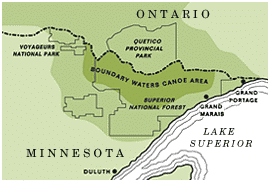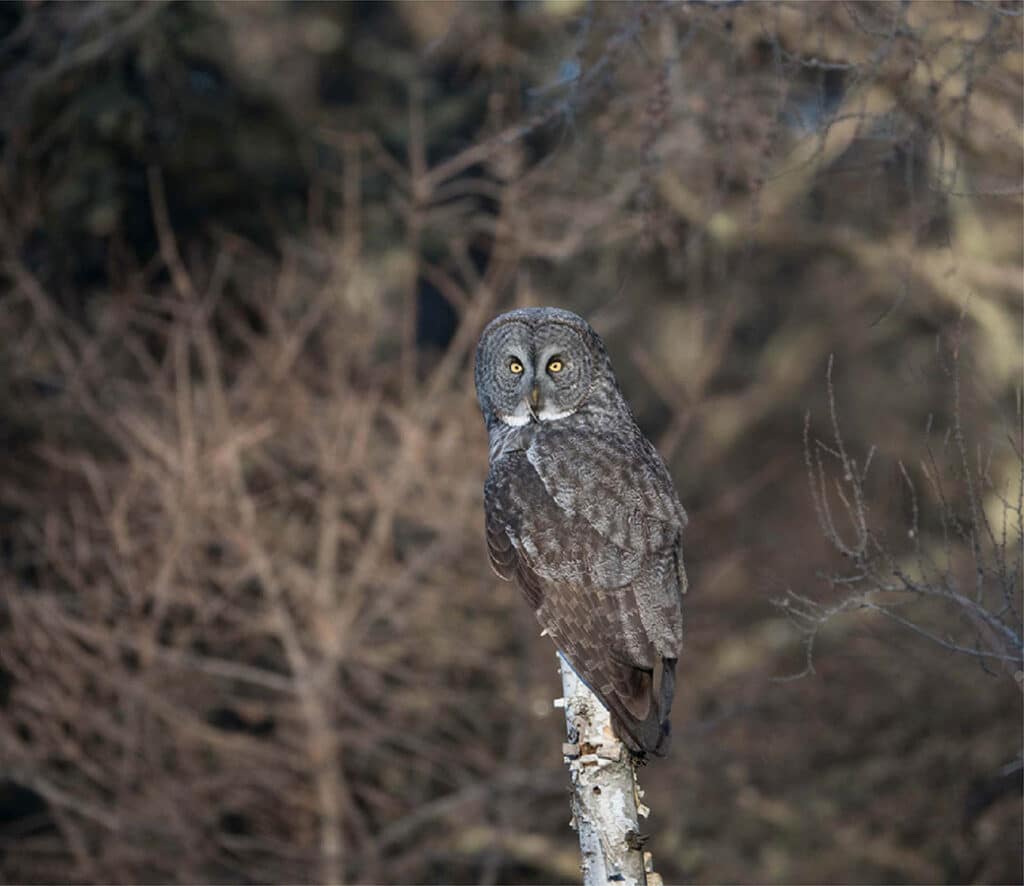
Northern Minnesota is experiencing an influx of owls this winter due to an “irruption,” a phenomenon where food availability in their usual habitat declines. As such, this pushes them to expand their range. Environmental factors, such as deep snow or limited cover, can also play a role. We’ve listed some of the top locations for spotting these quiet raptors.
Increased sightings throughout the region
Birders, photographers, and outdoor enthusiasts have been flocking to back roads in the Superior National Forest and places along the North Shore, hoping to catch a glimpse of these elusive birds. Other species such as the Snowy and Northern Hawk Owls have also appeared in wetland regions, including the Sax Zim Bog.
While increasing owl numbers don’t often happen, the need for reliable food sources is ongoing. “Irruptions occur irregularly and vary greatly in magnitude,” Steve Kolbe, an avian ecologist at the University of Minnesota, told WTIP. He added, “Birders throughout the Arrowhead region have been enjoying sightings of Great Gray and Boreal Owls for the past few weeks, even in the middle of towns like Duluth and Two Harbors.” Kolbe also noted that this irruption is the largest since the winter of 2004-2005 when a significant increase in owl sightings occurred.
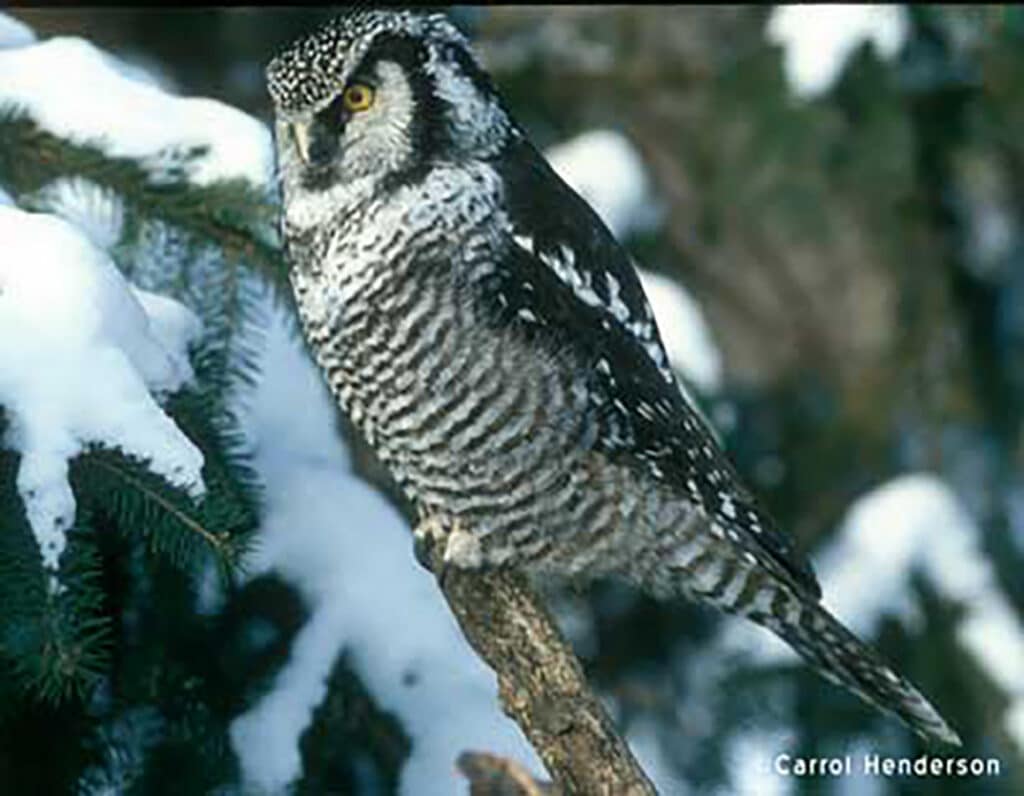
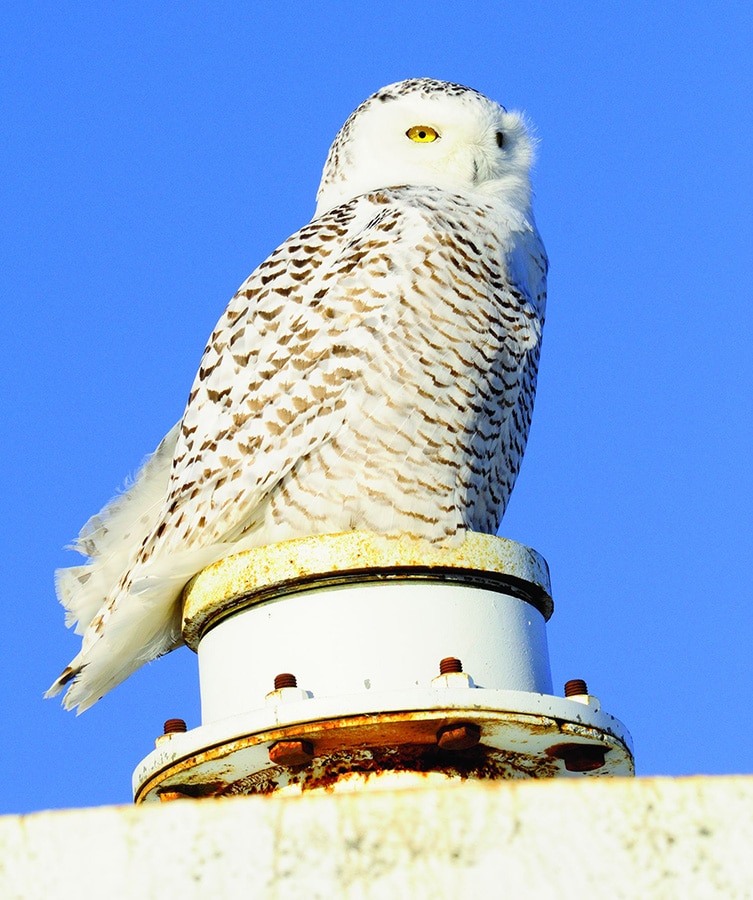
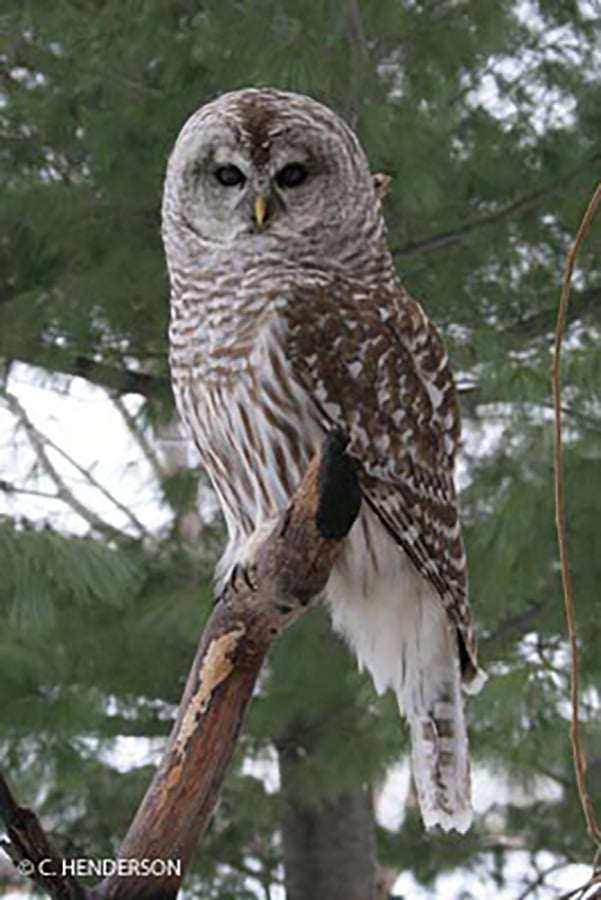
Species of the Arrowhead
Ten owl species either reside in or pass through Northern Minnesota, including the Superior National Forest. The region’s mix of forests, wetlands, and lakes offers an ideal environment for owls. Some of the more common species include:
- Snowy Owl. More commonly associated with the far north, Snowy Owls occasionally venture into the Arrowhead during winter, particularly in open fields, prairies, or along the shores of Lake Superior.
- Great Gray Owl. Often called the “phantom of the north,” this large and elusive owl roams the dense forests of northern Minnesota, especially in the Arrowhead. It prefers mature coniferous forests and open areas for hunting small mammals.
- Barred Owl. Known for its distinctive “Who cooks for you?” call, the Barred Owl thrives in wooded, riparian areas of the Arrowhead, especially near water.
- Northern Hawk Owl. This northern species favors open forests and can often be seen perched on trees or poles, hunting small birds and mammals. While less common, it’s a fascinating sight in the region.
Owls are carnivores, and their diet is primarily rodents. These food sources tend to run abundant but then suddenly crash. As a result, the birds will seek other geographic areas to find food. They can be found in many places, but they’re also attracted to the roadsides. Trash left along the roads tends to draw rodents and, in turn, the owls. They are an important apex predator, helping to control the populations of small animals. Plus, their presence and behavior can indicate the overall health of the ecosystem.
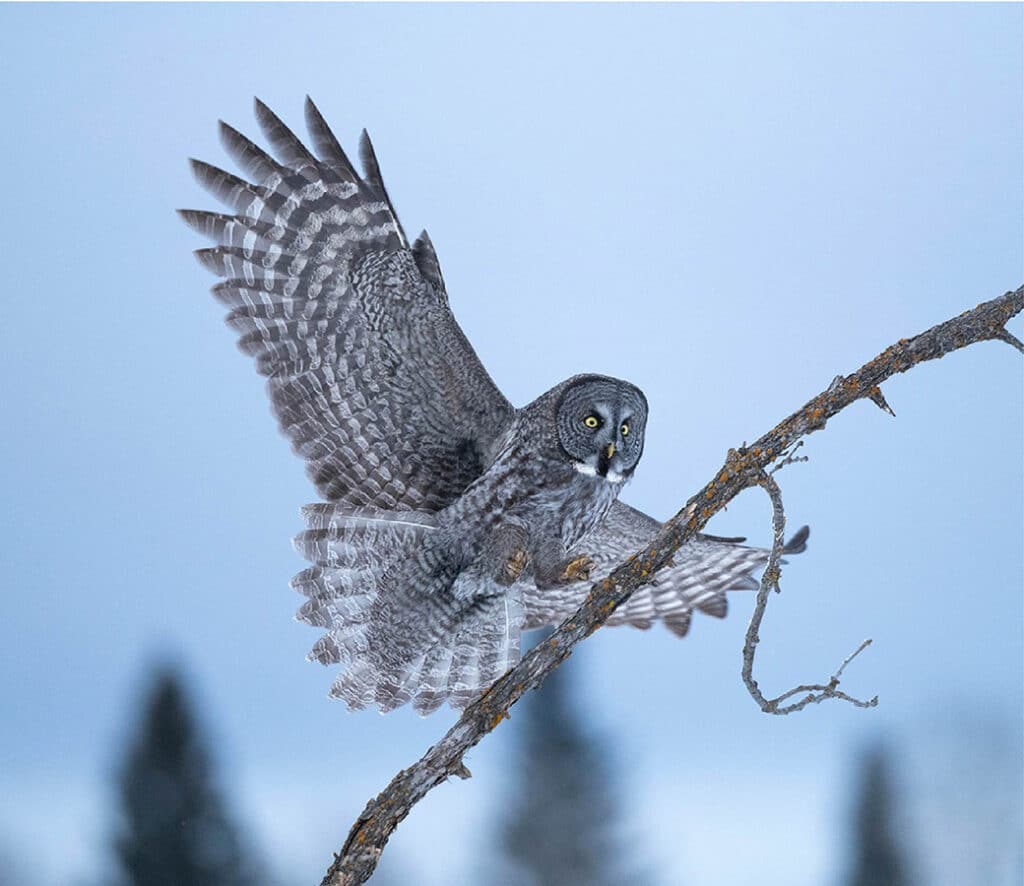
Best locations for birdwatching
Many locations up north offer opportunities to spot these birds. The best time to see owls is at dawn or dusk. As nocturnal hunters, they are most active and likely to be moving around during these times. Some of the best places for a potential sighting include:
- Sax Zim Bog spans over 300 square miles of wetland, making it a birdwatcher’s paradise. For this reason, owls and other bird species are attracted to the black spruce, tamarack bog, and upland hardwood forests. Visitors can explore several trails through the bog or enjoy birdwatching from the comfort of their car. Information is available at the welcome center. The bog lies three hours north of the Twin Cities, making it a perfect destination for a day trip.
- Gunflint Trail is one of Minnesota’s northernmost roads. Nearly 60 miles of this forested route feature hiking trails, wilderness lakes, and quiet backroads—perfect for wildlife viewing. Historically significant, the Gunflint Trail was likely part of a larger network of paths used by Indigenous peoples for trade, hunting, and travel. Eventually, it was paved, allowing visitors to access wilderness areas like the Boundary Waters Canoe Area Wilderness. It is one of three nationally designated scenic byways that begins in the town of Grand Marais.
- Tettegouche State Park sits along the North Shore. Covering 9,000 acres of semi-mountainous terrain, Lake Superior shoreline, multiple inland lakes, and waterfalls with cascading rivers. Visitors can hike to nearby overlooks to view wildlife or explore one of the many trails, which vary in difficulty.
- Voyageurs National Park spans over 210,000 acres of remote terrain, where thick boreal forests and numerous lakes attract owls. Winter visitors can experience the park by snowmobiling, cross-country skiing, hiking, and snowshoeing. It is one of the northernmost national parks in the Lower 48, situated just south of the Canadian border.
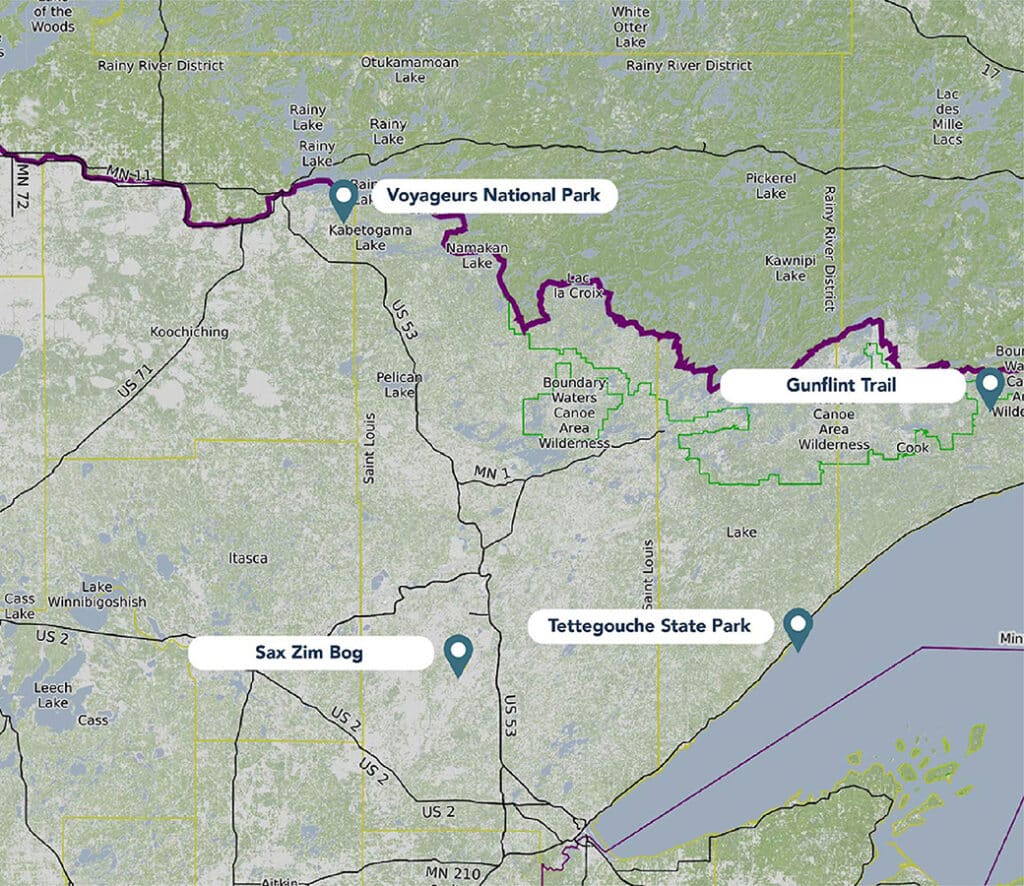
Viewing tips
Follow good birding etiquette to ensure that everyone can enjoy these silent birds. The lack of leaf cover in northern Minnesota provides prime opportunities for viewing owls in winter. For the best birding experience, seek out quiet trails and backroads. Give them space, stay quiet, and watch out for birds directly on the road. Bring binoculars or a camera with a zoom lens, so you don’t need to get too close. Be patient; it may take time to see one. Lastly, prepare for remote areas by bringing extra clothing and winter emergency gear.
More info:
- Owl irruption in northern Minnesota brings rare sightings and rising injuries – WTIP Outdoor News
- Birders flock to Northland as region sees ‘irruption’ of owls – Northern News Now

Wilderness guide and outdoorswoman Pam Wright has been exploring wild places since her youth. Remaining curious, she has navigated remote lakes in Canada by canoe, backpacked some of the highest mountains in the Sierra Nevada, and completed a thru-hike of the Superior Hiking Trail. Her professional roles include working as a wilderness guide in northern Minnesota and providing online education for outdoor enthusiasts.

